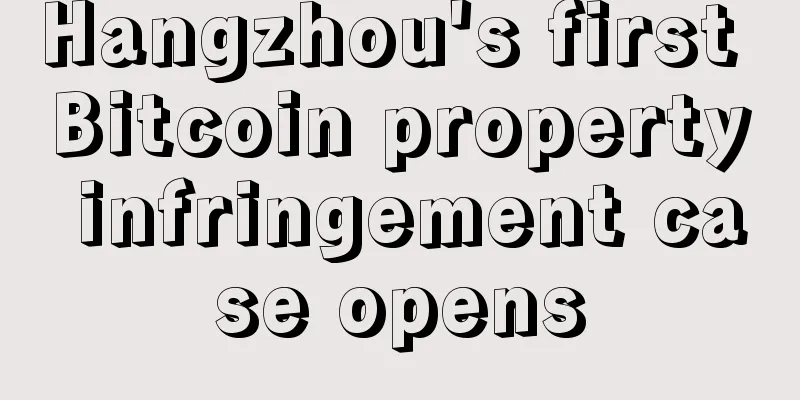Amiko Pay, a small payment channel solution similar to the Lightning Network

|
The Lightning Network is a design improvement for Bitcoin that allows users to make small payments in a decentralized way. Over time, it will help make the entire network scale more efficiently. Although this proposal has received a lot of attention in the Bitcoin community, no mature product has been developed so far. Currently, CJ Plooy is working on another similar project. Plooy recently presented his alternative product, Amiko Pay, at the Scaling Bitcoin conference in Montreal. During the conversation, he mentioned: The basic design of the Lightning Network - a network payment channel. This is actually a pretty old idea. There are already quite a few such platforms, and the Lightning Network happens to be the best so far. Different types of payment channels on the same networkWhile Amiko Pay and the Lightning Network are very similar, Plooy was quick to point out key differences between the two networks’ payment channels at the Scaling Bitcoin conference in Montreal. The first point Pooly made was that when Amiko Pay became the type of payment channel that could be found on the network, it had to offer as much flexibility as possible:
Plooy went on to add:
The ability to build blockchain-independent network payment channels is noteworthy when applied to sidechains. This setup would allow for instant transfers between sidechains. Plooy also added that since different assets can be found on the same network, Amiko Pay nodes can act as decentralized exchanges. Ripple-style IOU channels implementedAlthough Amiko Pay still needs to be improved, the prototype of the channel is already available. Plooy described it in his speech:
While the currently available channel is essentially only used for software testing now, Plooy added that it could also be useful for connections between trusted parties in the future. Building a real lightning channel?The developers behind the Lightning Network are currently working on a sidechain implementation idea, but this would require some changes to the Bitcoin network, so Plooy decided to take a different approach on his own system. He pointed out, "I don't want to rely on Bitcoin network developers to make changes." Plooy described another approach he took to implement lightning channels in Amiko Pay:
Plooy wrote a white paper that explains his third-party-based approach in detail. He said:
Plooy ended his speech by pointing out some of the remaining issues with the network’s payment channels, such as unresolved security vulnerabilities and economic models that could hinder development. Right now, there doesn’t seem to be any major problems for Amiko Pay or the Lightning Network. ---- |
Recommend
How to read forehead lines?
Although forehead wrinkles are just some minor wr...
Video entertainment software company Stremio crowdfunding launched on WINGS decentralized smart contract platform
stremio crowdfunding login WINGS Stremio to launc...
South Korean government clarifies: No Bitcoin ban
The South Korean government clarified that there ...
What does a woman with a mole on her right ear mean?
In traditional physiognomy, ears play a very impo...
People with cross patterns on their career lines are lucky and suitable for starting their own business!
How to read the career line diagram on palmistry?...
There is a mole in the middle of the right forehead. Is it good to have a mole on the upper right side of the forehead?
In physiognomy, the center of the forehead is als...
There are a series of islands on the love line, which may indicate too much luck in love.
Palmistry is a relatively common way of fortune-t...
Opinion: Despite record miner sell-off, BTC could revisit $40,000 in February
Bitcoin has experienced a lot of volatility over ...
What does it mean when a man has a mole that prevents him from having children?
People give a star a name based on its location o...
What are the characteristics of stingy and selfish people?
What are the characteristics of stingy and selfis...
How to use idle GPU to earn income, IONet mining tutorial
The sol-based depin project @ionet_official has r...
U.S. investors may be the biggest winners in the Bitcoin bull market? Chainalysis reports that U.S. investors have earned as much as $4.1 billion in Bitcoin
According to a report from blockchain analysis fi...
The Indian government is promoting cashless, and the central bank has begun to study blockchain technology
Rage Review : The Indian government continues to ...
Judging the Wisdom of the Index and Ring Finger
Judging the Wisdom of the Index and Ring Finger T...
People with this face who will give their partner some privacy after marriage have big eyes.
Generally speaking, there is basically not much p...









